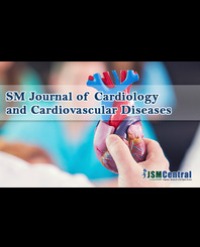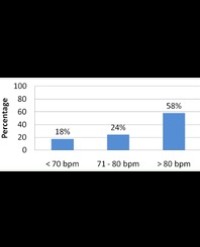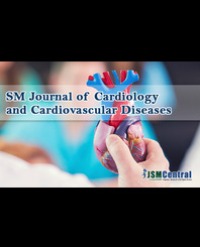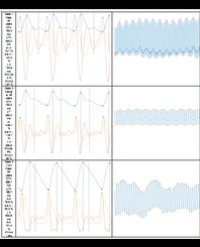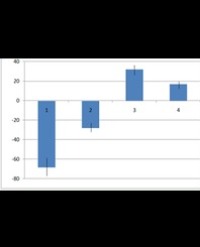
Choice of Beta-Adrenoblocker Depending on the Level of Nerve Growth Factor in Elderly Patients with Coronary Artery (CAD) Disease and Heart Failure with Reduced Ejection Fraction (HFrEF)
The Nerve Growth Factor (NGF) is a marker of the state of local sympathetic innervation of the myocardium. Patients with heart failure have changes in local sympathetic innervation, which must be considered when selecting therapy.
The purpose of the work: To study the effectiveness of the carvedilol (β-adrenoblocker (β-AB) with alpha blocking and antioxidant effects) and the nebivolol (drug with NO-synthesizing function) in comparison with the bisoprolol (selective β-AB without additional properties) on the functional state of the myocardium, duration of ischemia, frequency of cardiac rhythm disturbances and quality of life in elderly patients with Coronary Heart Disease (CAD) and Heart Failure with reduced Ejection Fraction (HFrEF) and different levels of NGF.
Materials and methods: Was study 72 patients at the age of 69.4 ± 7.5 years with a diagnosis of CAD: angina pectoris, II - III functional class, HFrEF II-III class NYHA. Control group - 30 patients at the age of 68.7 ± 6.5 years with a diagnosis of CAD angina pectoris, II - III functional class without HF. Depending on the level of NGF, patients were divided into 2 groups: 1 group -26 patients with a level of NGF greater than the control group (average level NGF =101.8 ± 8.2 ng/ml). 2 group consisted of 46 patients whose level of NGF was sharply reduced compared to the first and control groups (average level NGF = 17.9 ± 3.2 ng/ml). Average level NGF in control group – 65.3 ± 4.1 ng/ml. Each random sample group was divided into 2 subgroups (A and B). Patients in group 1A in addition to basic therapy received nebivolol, patients in the subgroup 2A-carvedilol. Patients in subgroups B (1B and 2B) were assigned bisoprolol as a research drug.
Results: It has been shown that the β-AR blockade promotes stabilization of the NGF in patients with CAD and HFrEF, but the use of selective β-AB bisoprolol does not restore the level of neurotrophin in individuals with significant deviations in the level of NGF. At the same time, the efficacy of β-AB with additional properties (carvedilol and nebivolol), according to the theoretical preconditions, resulted in the expected stabilization of the level of NGF and reduction of norepinephrine levels and a significant reduction in the manifestations of pathological remodeling of the left heart, reduce the duration of myocardial ischemia, the number of cardiac arrhythmias (ventricular and supraventricular extrasystoles), and quality of life in elderly patients with CAD and HFrEF.
Conclusions: The obtained data indicate that the level of NGF is a sensitive indicator for a differentiated choice of beta-blockers in patients with CAD and HFrEF. According to the results, carvedilol may be recommended as a drug of choice for patients with an NGF below 20 ng/ml; patients with a level of NGF greater than 100 ng/ ml - nebivolol.
Zharinova V*, Bodretska LA and Galetsky A

